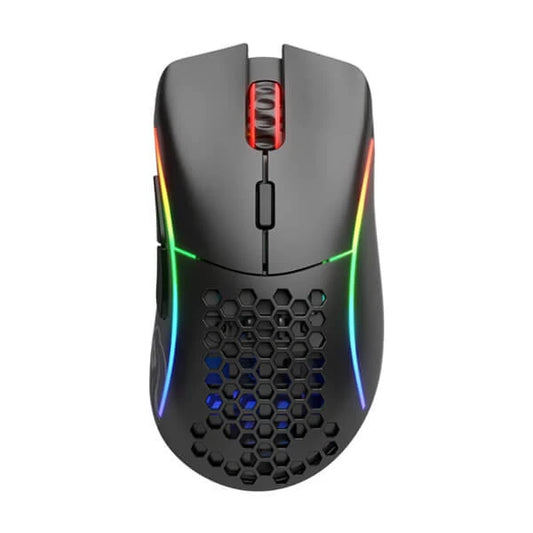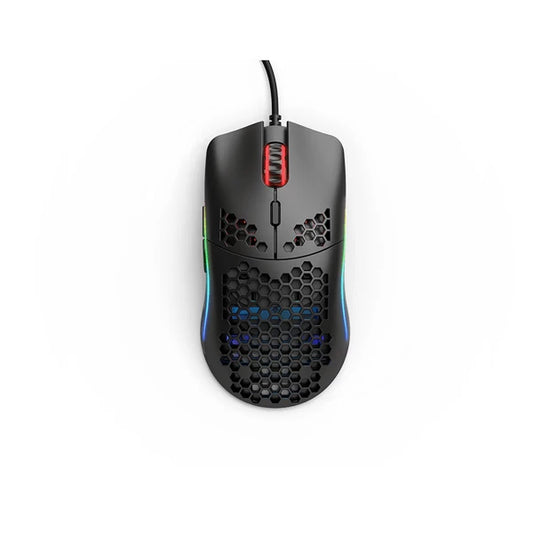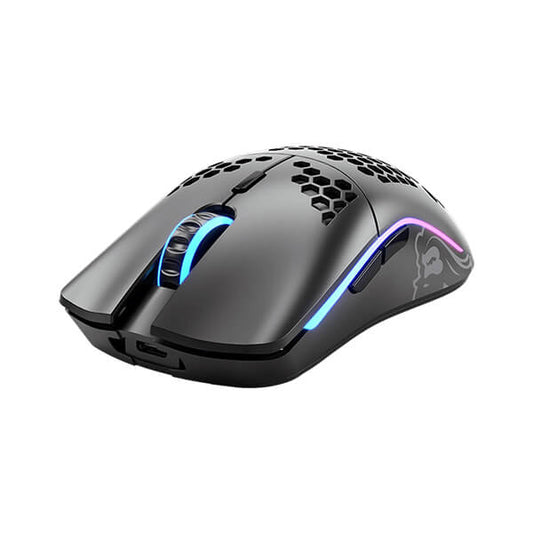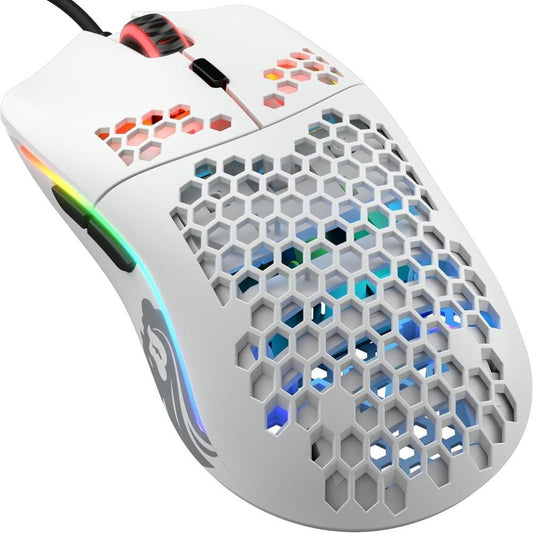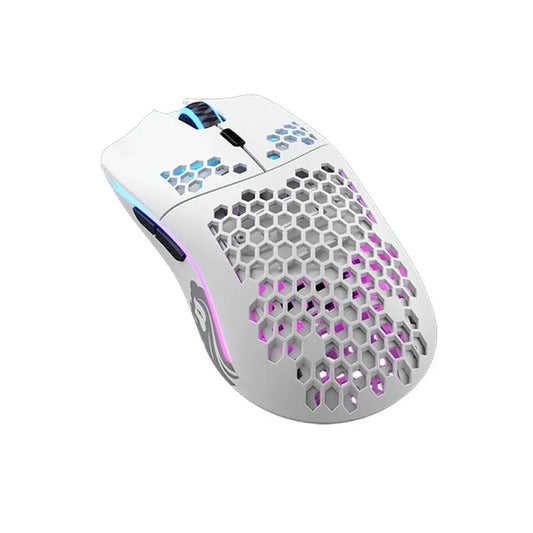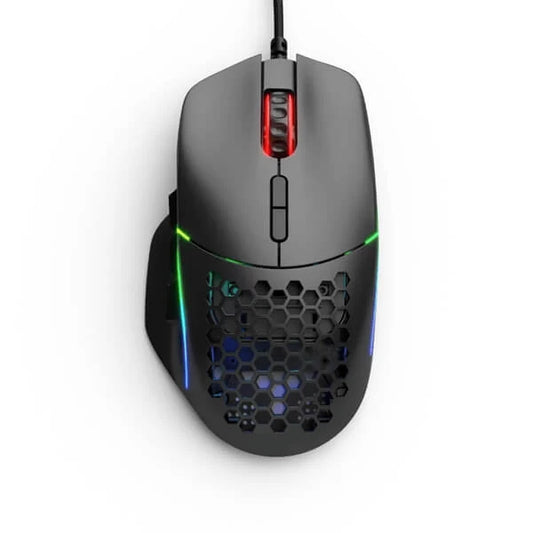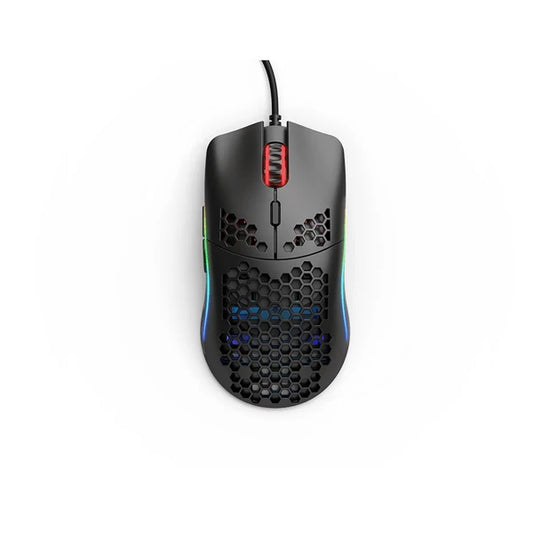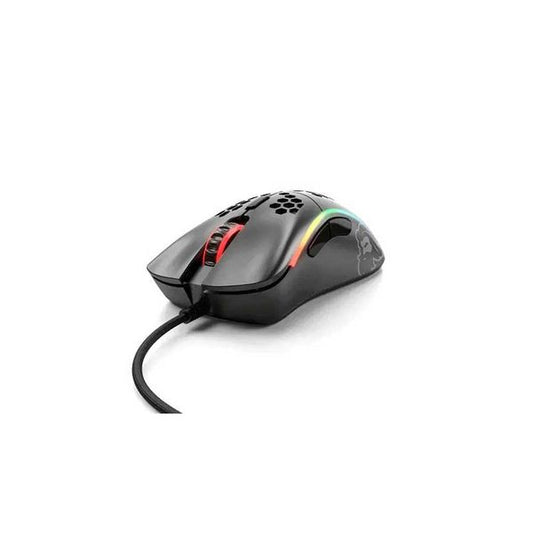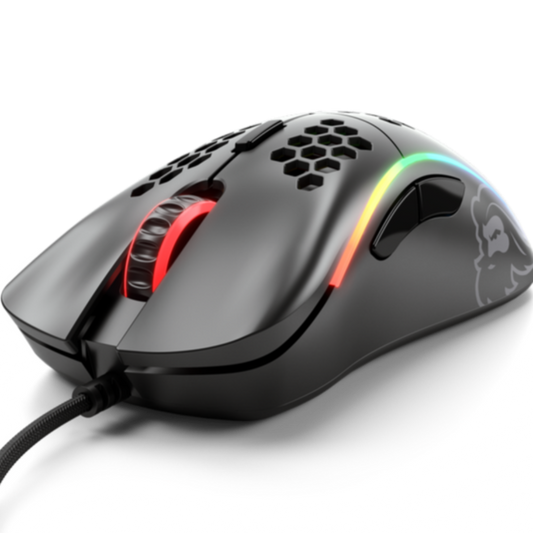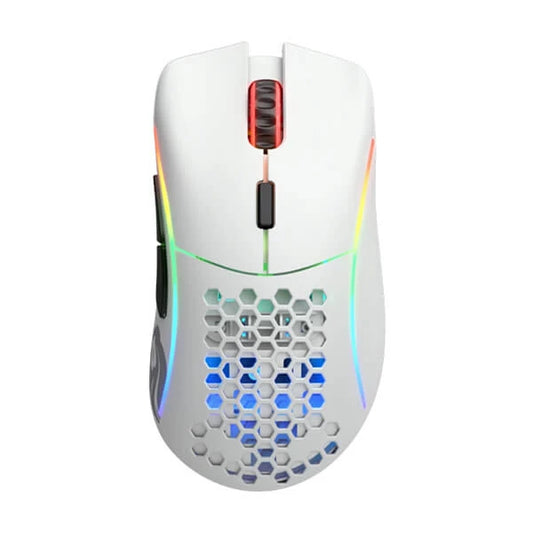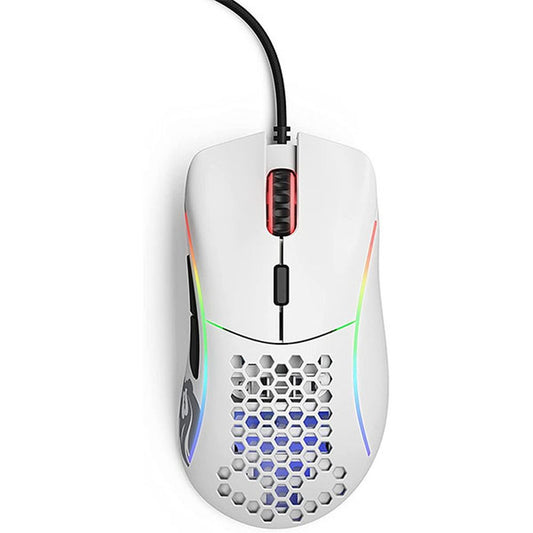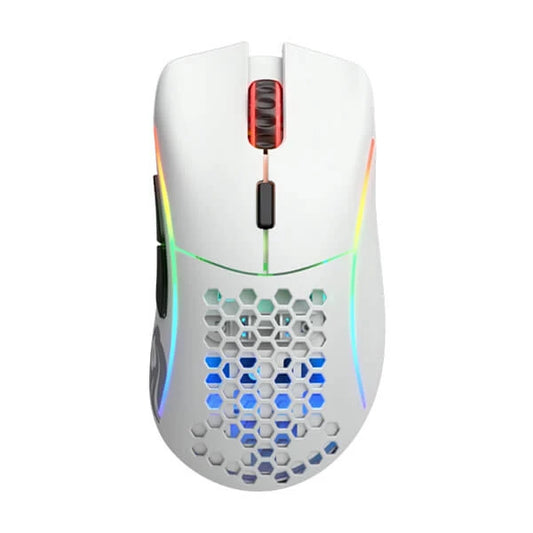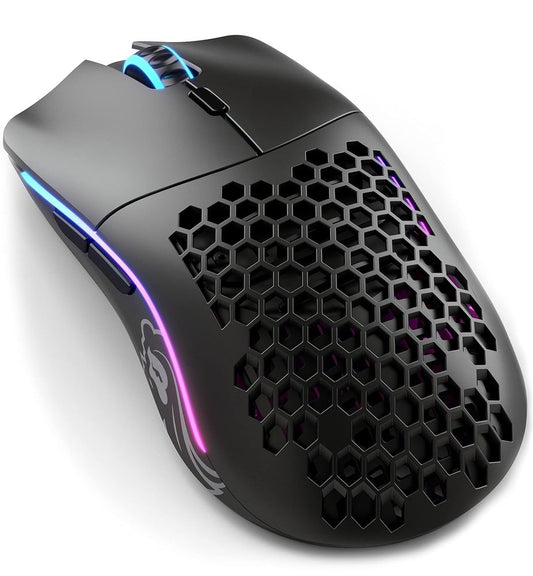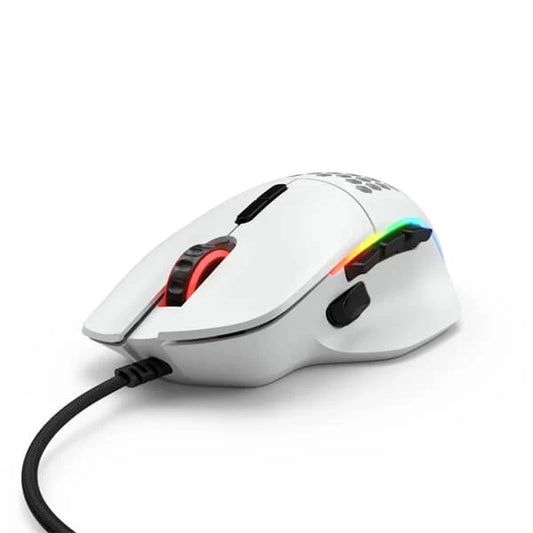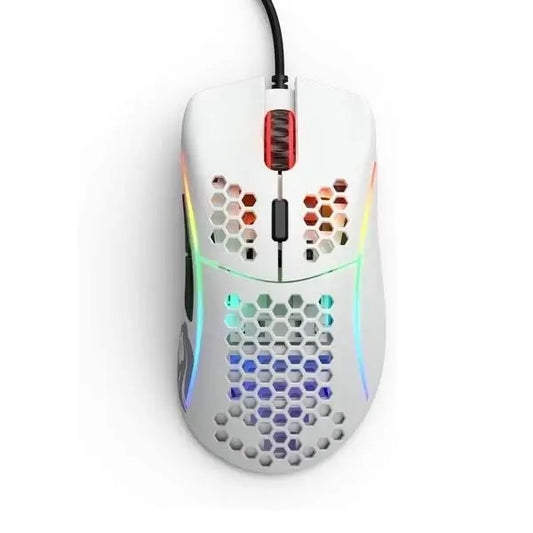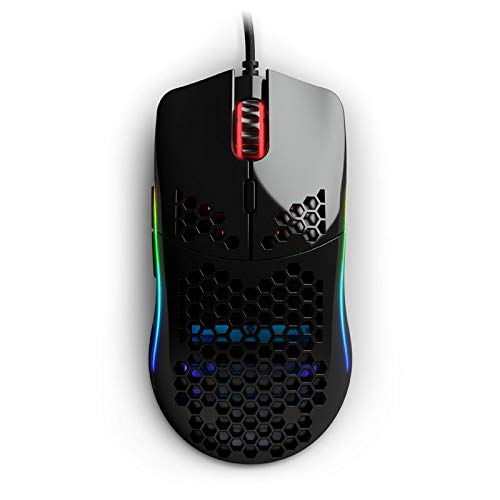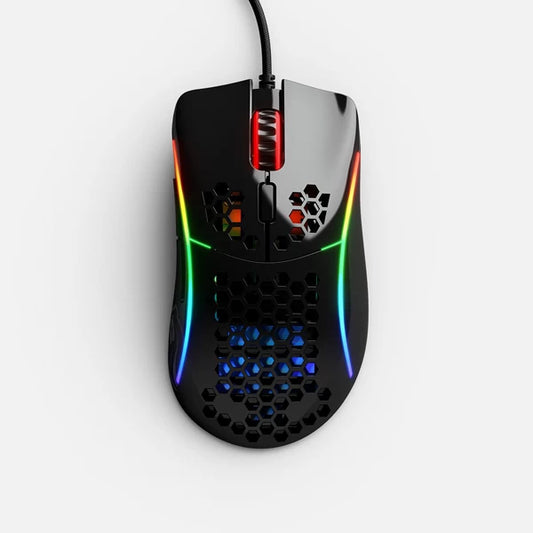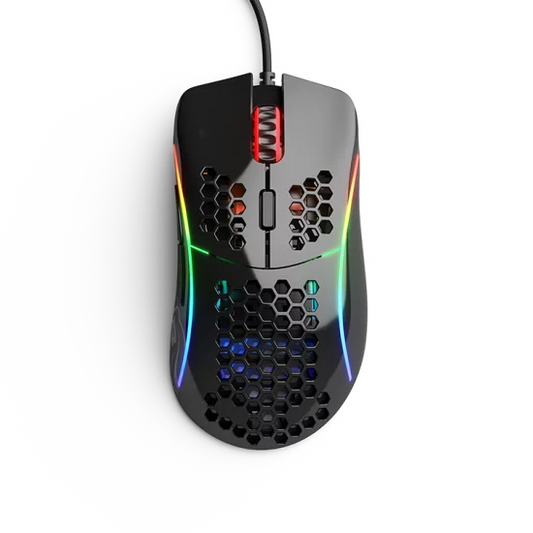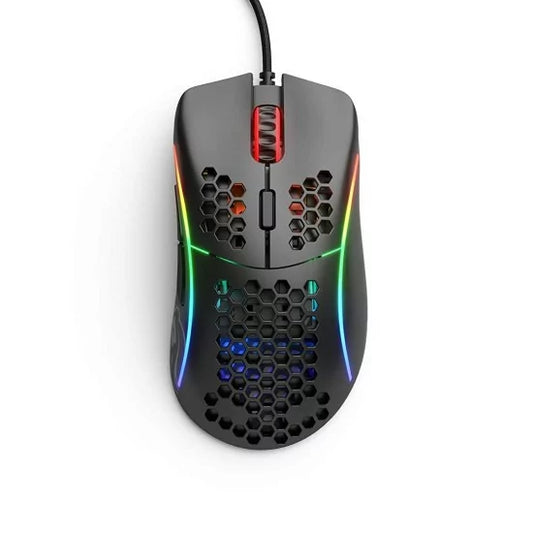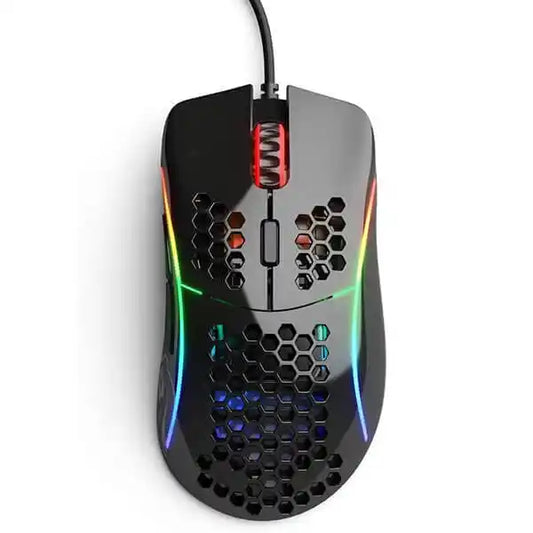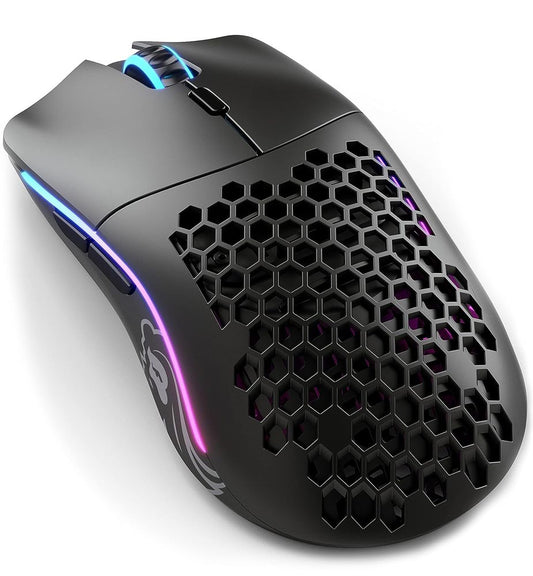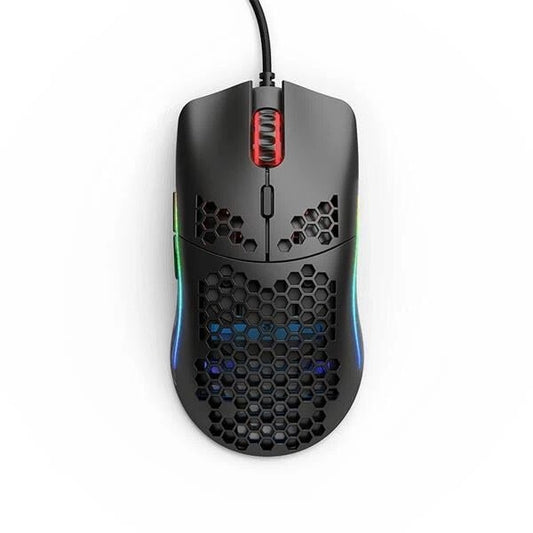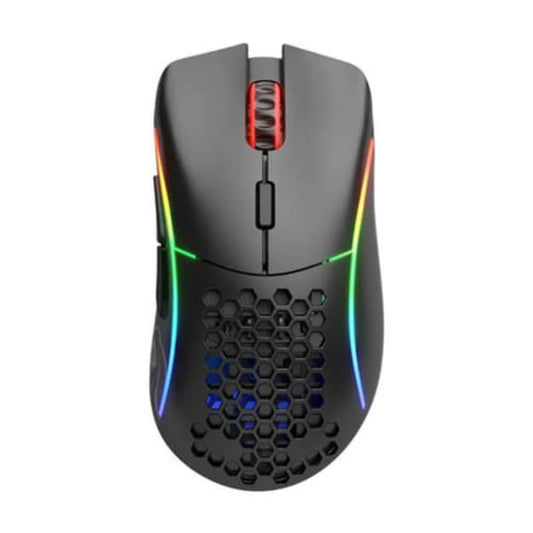GLORIOUS Model O minus Wired Ergonomic Gaming Mouse ( 12000DPI / 6 Macro Buttons ) ( Matte Black )
Rs. 4,999.00
Rs. 6,399.00
GLORIOUS Model O Minus Wireless Ambidextrous Gaming Mouse ( 19000DPI / 6 Macro Buttons ) ( Matte Black )
Rs. 6,499.00
Rs. 13,999.00
GLORIOUS Model O minus Wired Ergonomic Gaming Mouse ( 12000DPI / 6 Macro Buttons ) ( Matte White )
Rs. 3,999.00
Rs. 7,899.00
GLORIOUS Model O Wireless Ambidextrous Gaming Mouse ( 19000DPI / 6 Macro Buttons ) ( Matte White )
Rs. 9,894.00
Rs. 15,000.00
GLORIOUS Model O minus Wired Ergonomic Gaming Mouse ( 12000DPI / 6 Macro Buttons ) ( Matte Black )
Rs. 4,999.00
Rs. 7,999.00
GLORIOUS Model D Minus Wired Ergonomic Gaming Mouse ( 12000DPI / 6 Macro Buttons ) ( Matte Black )
Rs. 3,499.00
Rs. 13,999.00
GLORIOUS Model D Minus Wireless Ergonomic Gaming Mouse ( 19000DPI / 6 Macro Buttons ) ( Matte White )
Rs. 8,299.00
Rs. 13,999.00
GLORIOUS Model D Minus Wired Ergonomic Gaming Mouse ( 12000DPI / 6 Macro Buttons ) ( Matte White )
Rs. 5,849.00
Rs. 7,999.00
GLORIOUS Model D Minus Wireless Ergonomic Gaming Mouse ( 19000DPI / 6 Macro Buttons ) ( Matte White )
Rs. 8,499.00
Rs. 13,999.00
GLORIOUS Model O Wireless Ambidextrous Gaming Mouse ( 19000DPI / 6 Macro Buttons ) ( Matte Black )
Rs. 8,499.00
Rs. 13,999.00
GLORIOUS Model I Wired Ergonomic Gaming Mouse ( 9 Macro Buttons ) ( Matte White )
Rs. 5,599.00
Rs. 8,299.00
GLORIOUS Model O Wired Ambidextrous Gaming Mouse ( 12000DPI / 6 Macro Buttons ) ( Glossy Black )
Rs. 4,446.00
Rs. 6,599.00
GLORIOUS Model O Wireless Ambidextrous Gaming Mouse ( 19000DPI / 6 Macro Buttons ) ( Matte Black )
Rs. 8,499.00
Rs. 13,999.00
GLOROIUS Model O Wired Ambidextrous Gaming Mouse ( 12000DPI / 6 Macro Buttons ) ( Go- Black )
Rs. 5,299.00
Rs. 7,999.00
GLORIOUS Model O Minus Wireless Ambidextrous Gaming Mouse ( 19000DPI / 6 Macro Buttons ) ( Matte White )
Rs. 6,399.00
Rs. 13,999.00

